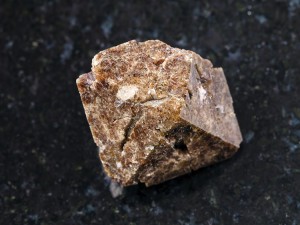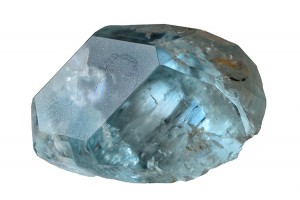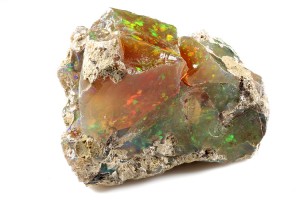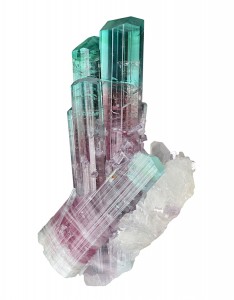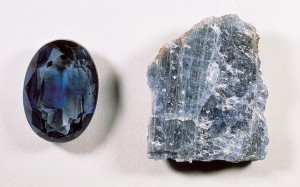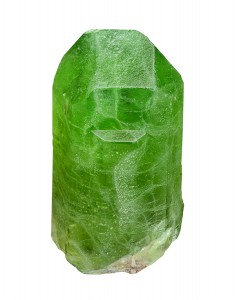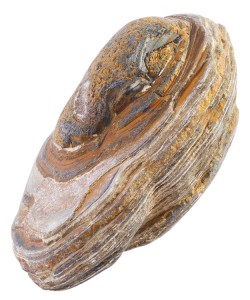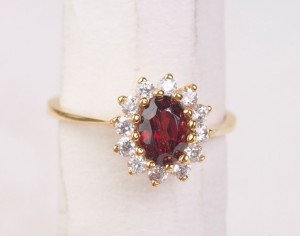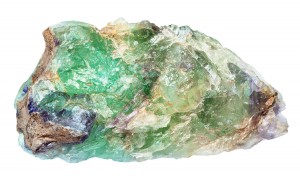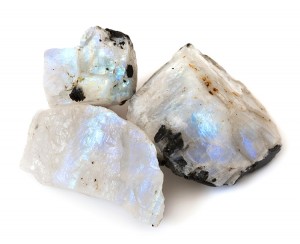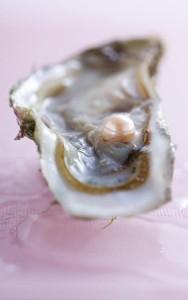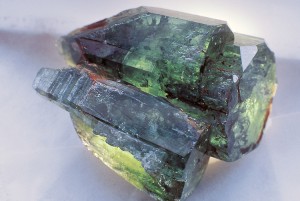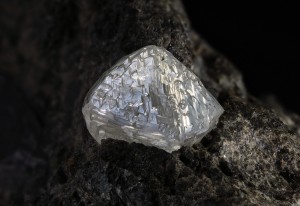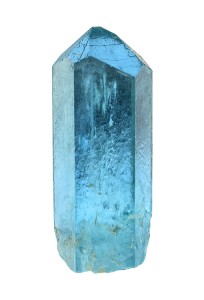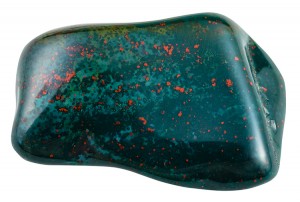December’s Birthstones
Monday, December 9th, 2019December 9, 2019
If your birthday is in December, you have the choice of three bluish birthstones—the gems associated with the month of your birth—turquoise, zircon, and tanzanite. Turquoise is a mineral widely used as a gemstone. It is prized for its color, which ranges from sky-blue to blue-green or yellow-green. The mineral zircon comes in many colors, but the blue variety is most popularly worn in jewelry. Tanzanite, a semiprecious gemstone, is a type of a mineral called zoisite. Trichroic (three-colored) tanzanite crystals are often deep blue or purple.
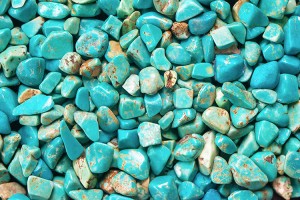
Turquoise is a bright blue or blue-green mineral widely used as a gemstone. Credit: © Akulinina Olga, Shutterstock
Turquoise is relatively soft, and so it is easy to shape and polish. It has a dull, waxy luster and is nearly opaque (nontransparent). Turquoise consists chiefly of a hydrous aluminum phosphate, a compound in which aluminum and phosphorus are chemically combined with water. It also contains copper, which gives it its bluish color. Turquoise occurs in the arid regions of Iran, Tibet, Mexico, and the southwestern United States. The mineral’s pastel blue color made it popular with royalty and others of importance from these areas, particularly in the ancient Chinese, Egyptian, Persian, and the Aztec and other Native American civilizations. Turquoise was once thought to promote good health, wealth, and protection from evil spirits.
Zircon originates in the ancient layers of the Earth’s crust. It is composed chiefly of the elements silicon, oxygen, and zirconium. Zircon also contains smaller amounts of such elements as hafnium, iron, and the lanthanides. Some zircons also contain the radioactive elements thorium and uranium. Zircon crystals may be reddish-brown, yellow, green, blue, or colorless. The colorless variety of zircon can sometimes resemble a diamond, but it is not to be confused with the unrelated synthetic diamond substitute, cubic zirconia. Zircon is used in the ceramics industry and in making parts for nuclear reactors. Blue zircon crystals have long been used for jewelry. In ancient times, the mineral was thought to have calming properties that aided sleep, decision-making, self-confidence, and general wisdom. Zircon is found in many parts of the world, but Australia produces more of the mineral than any other country.
Tanzanite is a relative newcomer to both the birthstone list and the world at large. The mineral was discovered in 1967 in Tanzania, for which it was named, and added as a December birthstone in 2002. Tanzania is the only known source of tanzanite. Because the supply is limited, it is quite expensive. Tanzanite is cut into gemstones with numerous facets (flat, polished surfaces), which emphasize its light-reflecting quality. The gemstones are used in such jewelry as rings, earrings, and pendants.
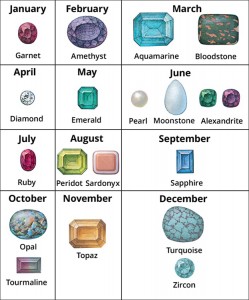
Click to view larger image
Birthstones, according to tradition, bring good luck when worn by a person born in the associated month. Credit: WORLD BOOK illustrations by Paul D. Turnbaugh
According to tradition, a birthstone brings good luck to a person born in its month. Each birthstone also corresponds to a sign of the zodiac. The belief in birthstones may have come from a Bible story about Aaron, the first high priest of the Israelites. The story describes Aaron’s breastplate, which was decorated with 12 precious stones. Early writers linked these stones with the 12 months of the year and the 12 signs of the zodiac. The custom of wearing a stone that represented a person’s zodiac sign probably originated in Germany or Poland in the 1700′s.

